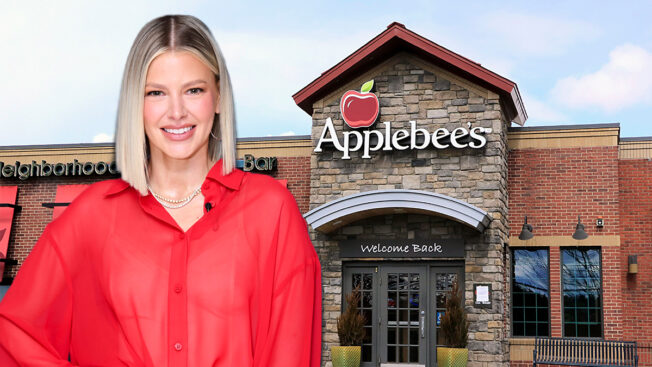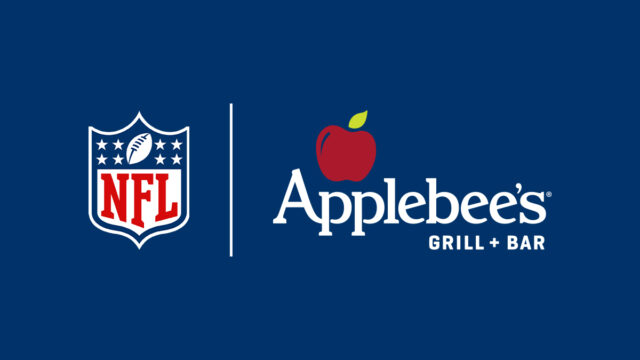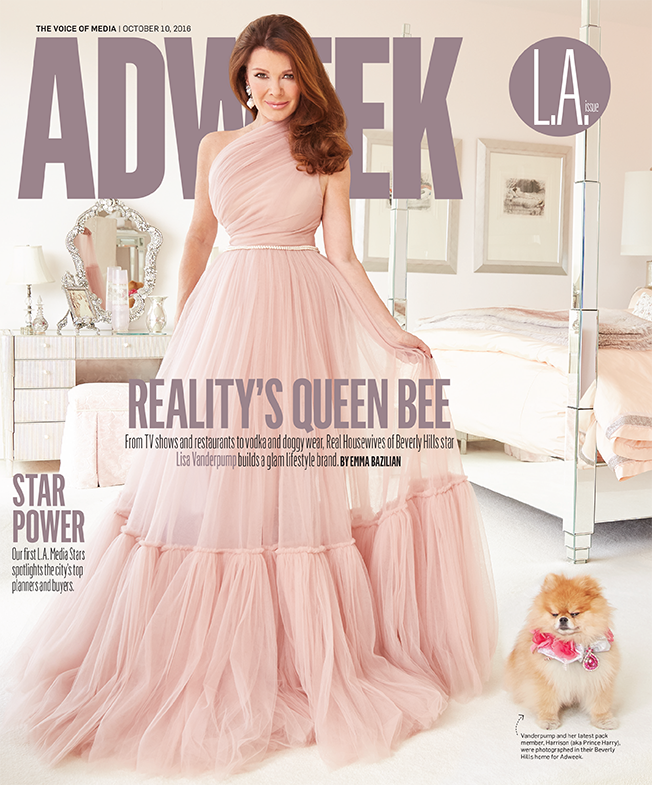Casual dining classic Applebee’s recently enjoyed a clear and positive brand mention in the finale episode of reality TV juggernaut Vanderpump Rules, wherein the group heads to San Francisco for a glamorous evening celebrating a close friend’s business launch. The magical earned moment happened when spotlight star Ariana Madix and a subsection of the partygoing crew joyously proclaimed their after-party would be at Applebee’s. Their guttural excitement was paired with a botched but deliberate recital of the Applebee’s jingle. The unexpected yet relatable choice by the group to lay low and grub on comfort food and more booze at a casual dining chain, versus the more expected option to continue at a swanky SF haunt, is pure gold for Applebee’s.
So one of the highest-rated shows on cable TV surprises your brand with fashionable, high-exposure figures in your target growth segment, claiming your brand as the trophy moment of the evening and a bona fide source of their elation—what do you do?
As marketers, our first reflex is a good one: React, and react swiftly, by extending an earned moment into an owned brand conversation. But is that all? It shouldn’t be. Extracting both quick and long-lasting returns from these earned moments is truly realized through a curiosity mindset with structured testing and learning.
There are two core factors to consider—how ambitious your experiment is and what aspect of the earned moment you seek to act on. In our strategic checkerboard below, we see that the aspects of the earned moment (on the y-axis) are tiered, representing the actual Direct moment (Madix mentioning Applebee’s on the show) as well as Category, Segment and Context opportunities. Paired with these tiers is the scale of ambition (on the x-axis) with which we can test against each tier, from simple iterations of our current tactics to new, high-investment explorative commitments.

Let’s use the cells highlighted in orange as quick examples—and for the sake of simplicity, we’ll remove Applebee’s since we don’t know its exact marketing mix. So, say you are a brand that anchors its marketing activity deeply in social and programmatic channels.
In Box 1 (Direct and Iterative), here you’re using your current competencies to address the exact moment that happened. This could mean engaging Madix or other Vanderpump Rules stars in social conversation as part of your ongoing community management—a strategic but swift and low-lift effort.
In Box 2 (Category and Iterative Plus), we’re activating more advanced tactics within our core competencies to address the category represented by this moment. This could be adding TV gossip portals into your display buys or adding reality TV channels to your programmatic CTV where you hadn’t before. Perhaps you use both existing and new creative when doing this. Your bandwidth and financial commitments are greater, but you’re still working within your wheelhouse and forecast KPIs.
In Box 3 (Segment and Explorative Lite), you’re now testing tactics you haven’t used before, and you may be dealing with some new measures of success. An example here could be experimenting with a live host read in a leading lifestyle podcast for high-income millennials. Or perhaps you test into having one of your leaders or brand partners be a guest on the podcast (and commission an agency to help place you). Resource intensity grows, and you’re gauging success in ways you haven’t before.
In Box 4, we’re in the Context tier and truly Explorative; you’re testing fully outside of your core competencies and taking on marketing KPIs you hadn’t before. In this case, you may be creating a branded series covering nightlife in Los Angeles and San Francisco. Resource intensity is high—potentially even bringing in a new hire. You have little ability to forecast success and have an appetite to discover what success means as you deploy.
Keep in mind that we’ve covered just four of the 16 examples our strategic checkerboard describes and that what is explorative to one brand may be iterative to another. Use these earned moments for a quick return—culture moves fast, after all—but also to inspire tests for months to come—explorations certainly take longer. Earned moments represent both immediate opportunities to capitalize on and market signals to test against. Sometimes these signals will confirm what you already know, and sometimes they will be revelatory around what you didn’t know about your brand.
In the end, we must act on earned media moments through organized logic followed by tactics, versus acting on tactics and backing them into logic.





